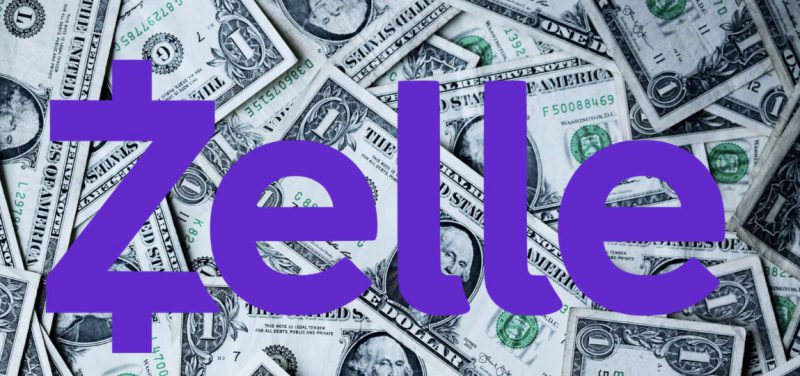Guide: How Does Zelle Make Money?
In today’s digital age, peer-to-peer (P2P) payment networks have become increasingly popular, offering users the convenience of transferring money to friends, family, and businesses with just a few clicks.
One such platform is Zelle, a widely used payment network in the United States. But have you ever wondered how Zelle makes money?
In this article, we will delve into the revenue model of Zelle and explore the various ways it generates income. So, let’s dive in!
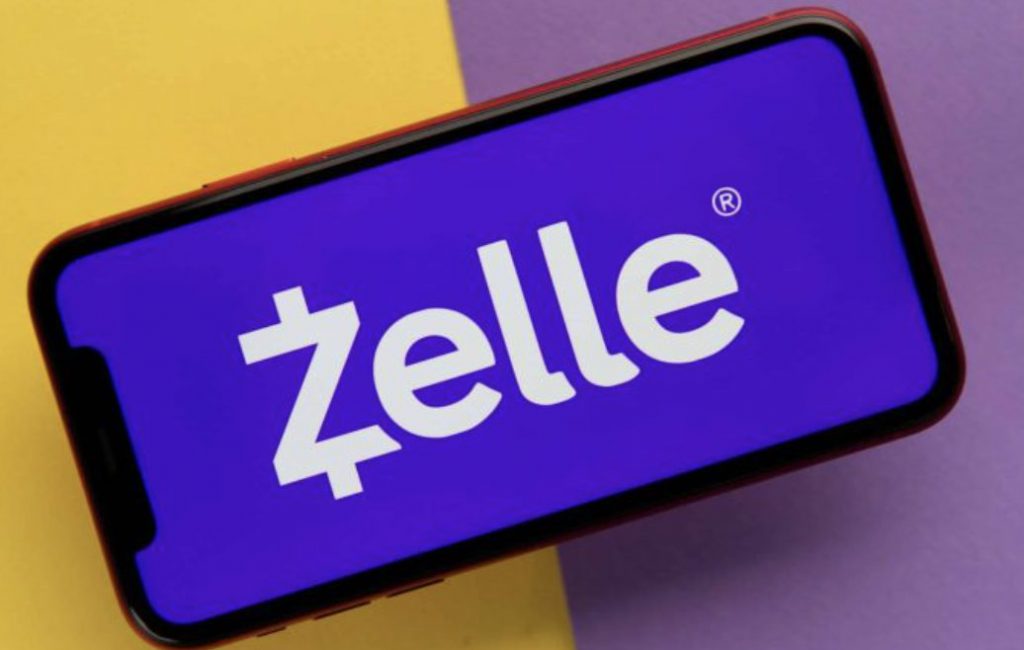

What is Zelle?
Zelle is a P2P payment network that enables users to send money from their bank accounts to anyone who is a platform member.
Also read: Does Sofi Have Zelle?
With nearly 1,000 participating banks, Zelle has become popular for seamless and instant money transfers. The service is exclusively available to U.S. account holders whose banks are part of the Zelle network, and registration is quick and easy.
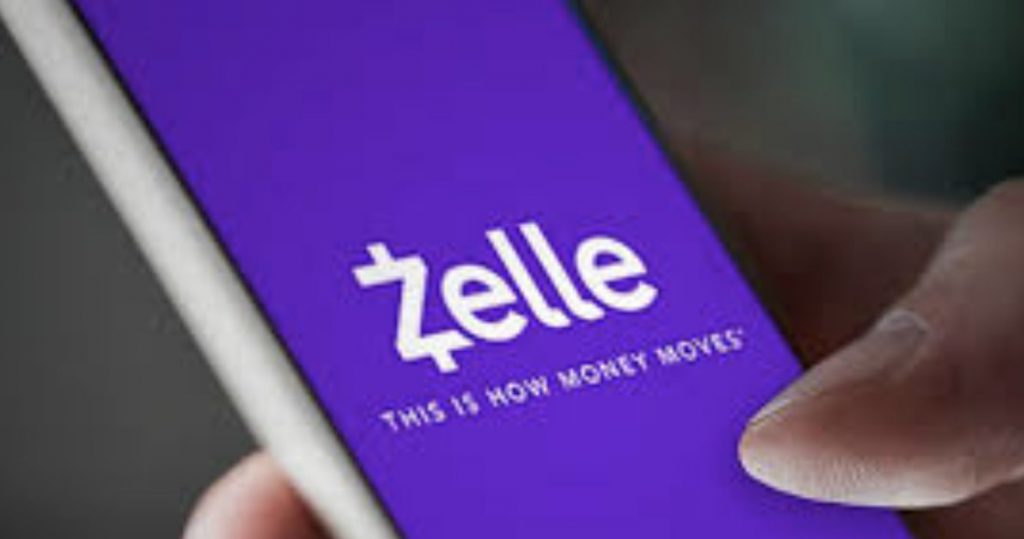

How Does Zelle Work?
Users can use the Zelle app or access the network through their partner bank’s app, such as Wells Fargo or Chase, to transfer money using Zelle.
Once registered, users can initiate transfers by simply entering the recipient’s email address or phone number. Funds are transferred within minutes, making it a fast and convenient way to send money.
The History of Zelle
Zelle, originally known as ClearXchange, was established in 2011 by a consortium of banks, including Bank of America, Wells Fargo, and JPMorgan Chase, to compete with emerging payment apps like PayPal and Venmo.
However, in its early days, clearXchange faced challenges such as slow transfer times and limited adoption due to its website-based platform and limited participating banks.
In 2016, ClearXchange was acquired by Early Warning Services, a fintech company owned by a consortium of banks. Under Early Warning’s guidance, Zelle was launched in September 2017 with more than 30 partner banks and nearly 100 million account holders.
Thanks to a standardized in-app experience and targeted marketing campaigns, Zelle quickly gained traction, particularly among Gen Xers and Baby Boomers looking for P2P payment options within the comfort of their traditional banks.
Zelle’s Popularity and Growth
Since its launch, Zelle has experienced remarkable growth. In 2019 alone, Zelle processed around 743 million transactions, totaling $187 billion in payments.
The service’s popularity continued to grow, and by 2021, Zelle users had sent a staggering 1.8 billion payments, amounting to $490 billion.
Also read: Does Chime Work With Zelle?
In September 2022, Zelle celebrated its five billionth transaction, with over $1.5 trillion transferred overall.
Zelle’s Revenue Model
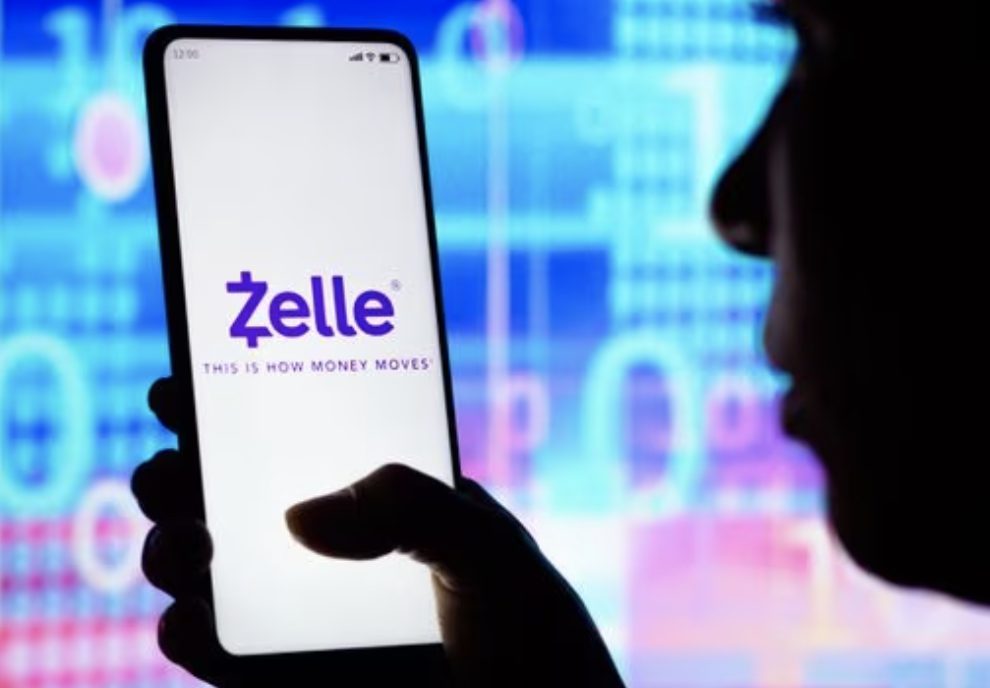

Now, let’s explore how Zelle generates revenue. Unlike other payment apps that charge transaction fees, Zelle does not make any money directly from its users.
Instead, it relies on its participating banks to generate income. When a Zelle user pays a business for goods and services, the participating banks earn a percentage of the transaction amount.
In 2018, Zelle introduced a feature that allows users to pay businesses through the platform, with merchants paying a payment processing fee of up to 1% to either Mastercard or Visa.
The bank that issued the card used for the transaction shares this revenue. This model allows Zelle to align its interests with the participating banks’ interests. This helps them retain customers and compete with other payment apps.
Potential Future Monetization Strategies
While Zelle’s current revenue model relies on business transaction fees, there are potential future avenues for monetization.
One possibility is the launch of a Zelle-branded debit or credit card. However, introducing such a card could pose challenges. One is it may compete with the revenue banks generate from their existing card offerings.
Participating banks must agree on sharing interchange and other fees for the potential introduction of a Zelle-branded card.
Additionally, Zelle could explore opportunities to promote other financial products within its app, potentially earning money through affiliate commissions.
However, striking a balance between offering valuable financial products and maintaining a user-friendly experience would be essential for Zelle’s success in this area.
Zelle’s Ownership
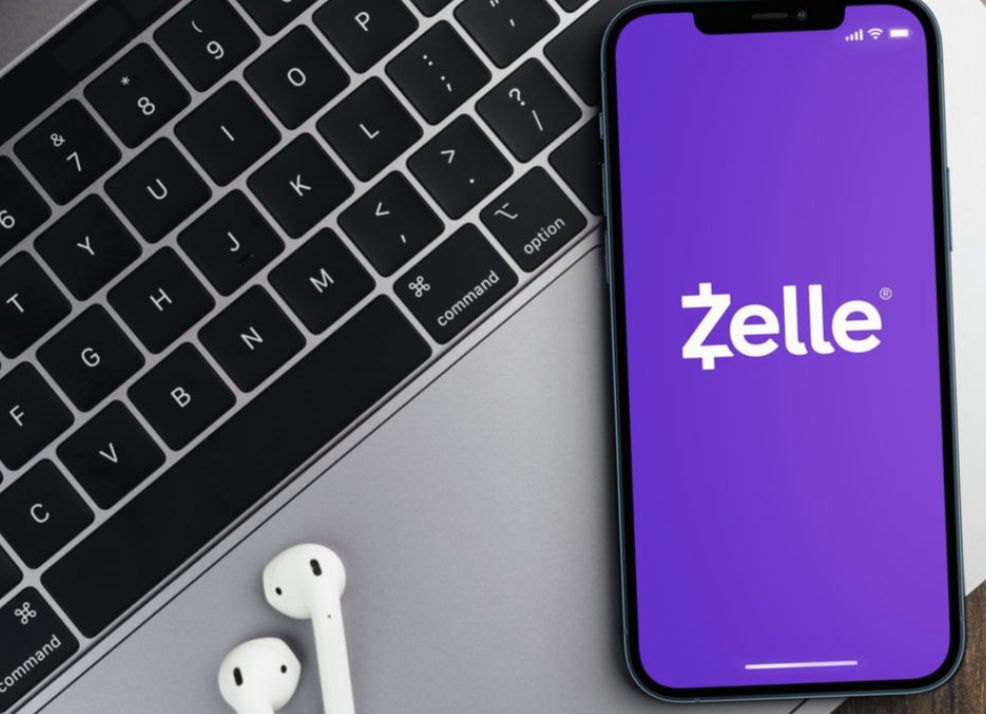

Early Warning Services LLC owns Zelle, a fintech company specializing in fraud management and prevention services for financial institutions.
Early Warning Services is owned by a consortium of banks, including Bank of America, Chase, PNC, U.S. Bank, Wells Fargo, Capital One, and BB&T.
These banks have outsourced the development and maintenance of Zelle to Early Warning Services, allowing for efficient coordination and accelerated time-to-market.
Conclusion: How Does Zelle Make Money?
In conclusion, Zelle operates on a revenue model that relies on the transaction fees businesses pay for goods and services.
By aligning its interests with participating banks, Zelle ensures a seamless and user-friendly experience for its customers.
Zelle has no fees for P2P transactions. They are considering ways to monetize, like introducing branded cards or promoting financial products.
As Zelle continues to evolve and grow, its revenue model will likely adapt to meet the changing needs of its users and the financial landscape.





